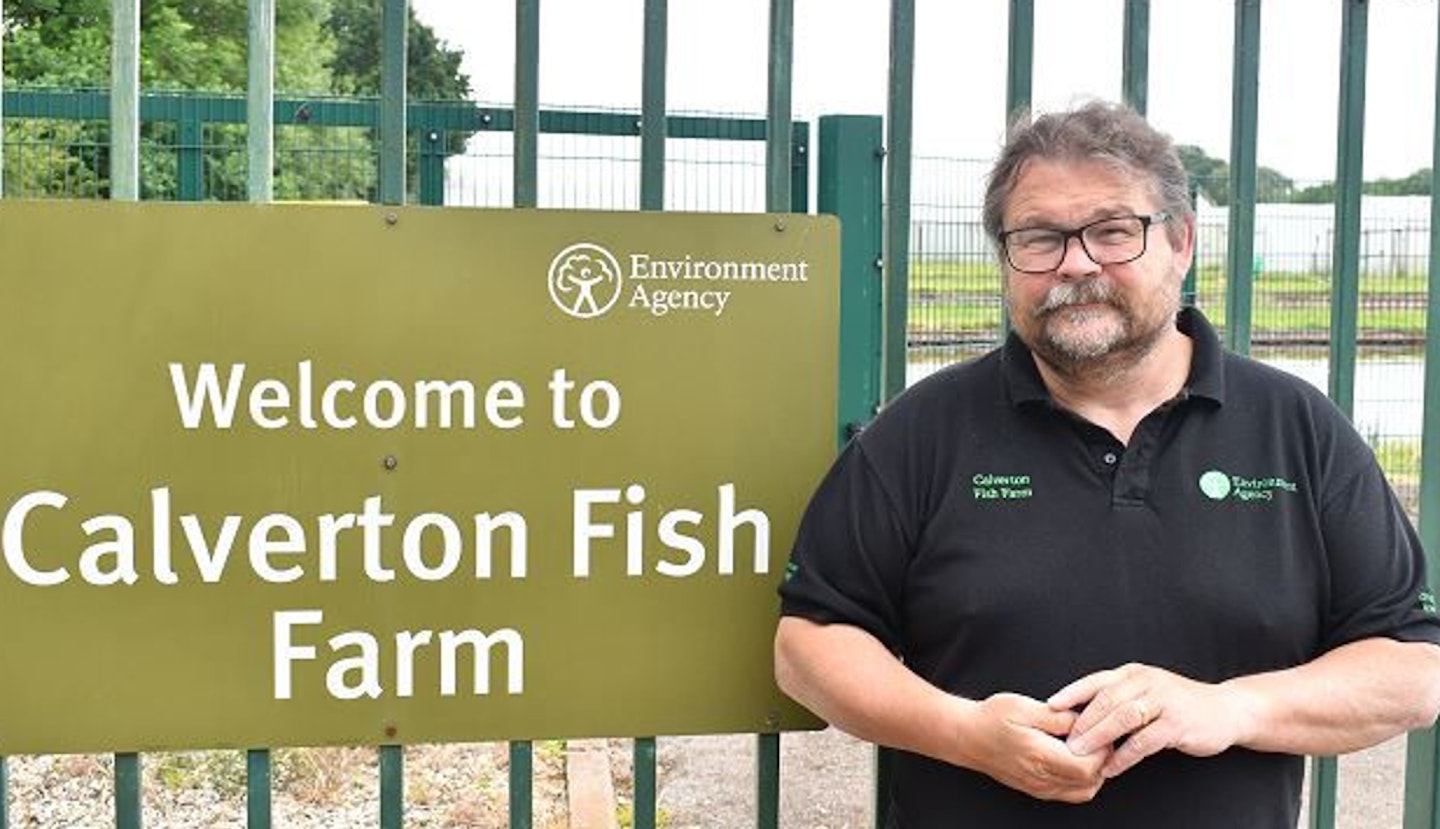BY putting anglers’ rod licence funds directly into boosting fish stocks, specialists at Calverton have long been helping those venues most in need.
However, even by their own high standards this season has been outstanding, with a whopping 627,495 fish introduced into the UK’s rivers and lakes.
“The team have worked extremely hard this year to ensure that our work benefits fisheries, ecosystems and anglers across England,” says Alan Henshaw, who manages the fish-rearing centre near Nottingham.
“Anglers have become increasingly concerned with issues regarding pollution, waste and water quality, and it’s great to see that rod licence income is being directed towards improving fish stocks in our waters.”
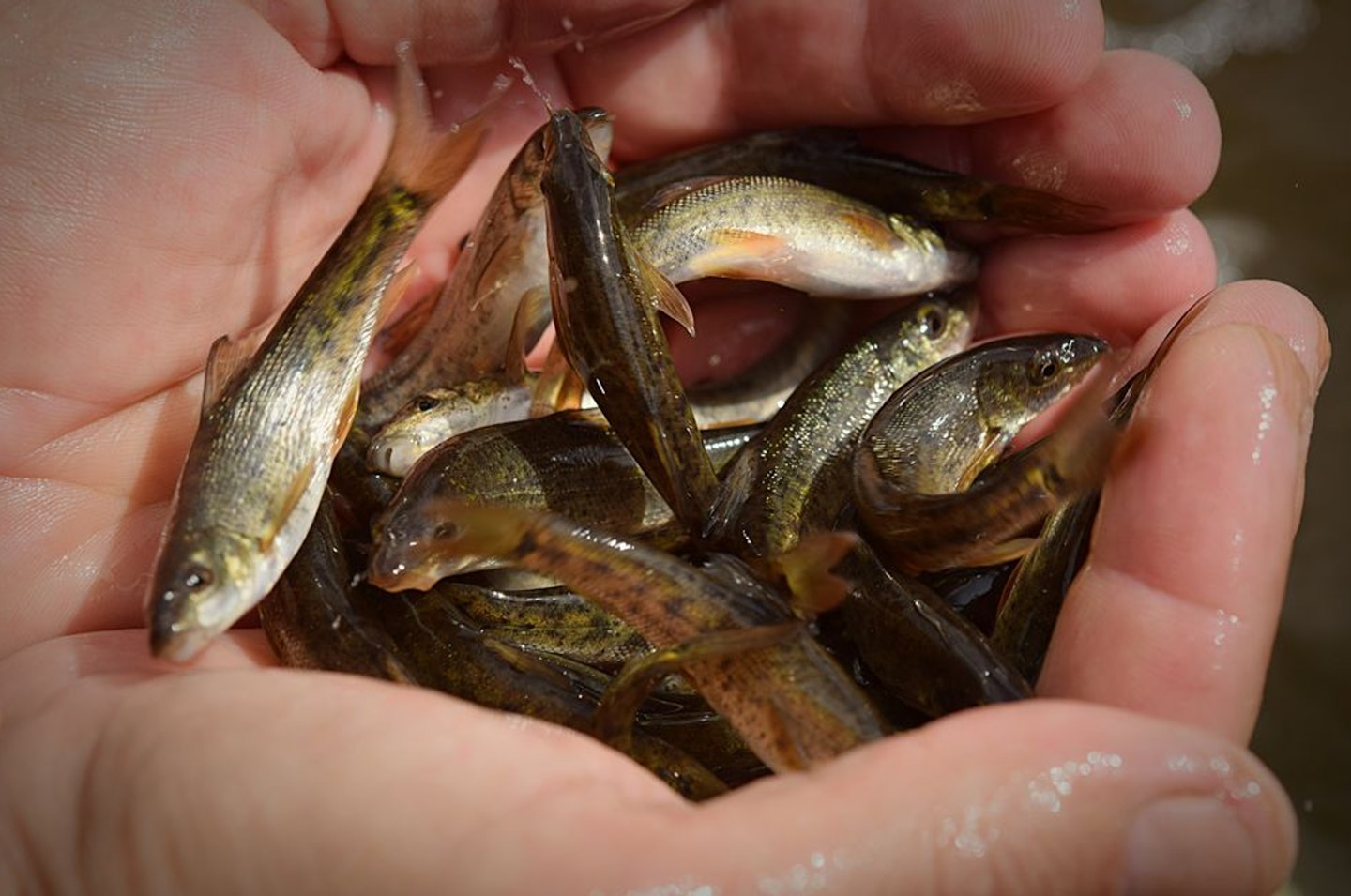
Nationwide stocking
The Calverton team have been hard at work since this time last year, rearing and releasing everything from grayling to crucian carp in all corners of the country. Of the fish stocked, 433,938 went into rivers, with the remaining 193,557 introduced to ponds and lakes.
Surprisingly, the most-stocked species were barbel, with 139,662 being released. Roach were the next most popular (101,221), followed by grayling (almost 90,000). Perch were absent from the list altogether, as Alan revealed that there isn’t any need or demand to stock the species.
Of all the fish on the list, barbel tend to spark the most debate. Some anglers complain that too few are stocked, others routinely dismiss introductions as ‘otter food’. However, Alan’s team take great pains to acclimatise river fish to their intended environment, even going so far as to simulate river environments. Furthermore, he thinks another current risk might make their work on barbel even more crucial.
“Many barbel fry went into rivers where natural recruitment isn’t what we’d expect. One theory is that barbel eggs and fry are predated on by signal crayfish,” he said.
Grayling are the other big surprise on the list. “We spawn them from different genetic stock, collecting brood fish everywhere from Yorkshire to the Kennet,” Alan told AT. “We grow them on for just eight weeks before re-stocking them into the rivers the original brood stock came from, and have had some really successful results.”
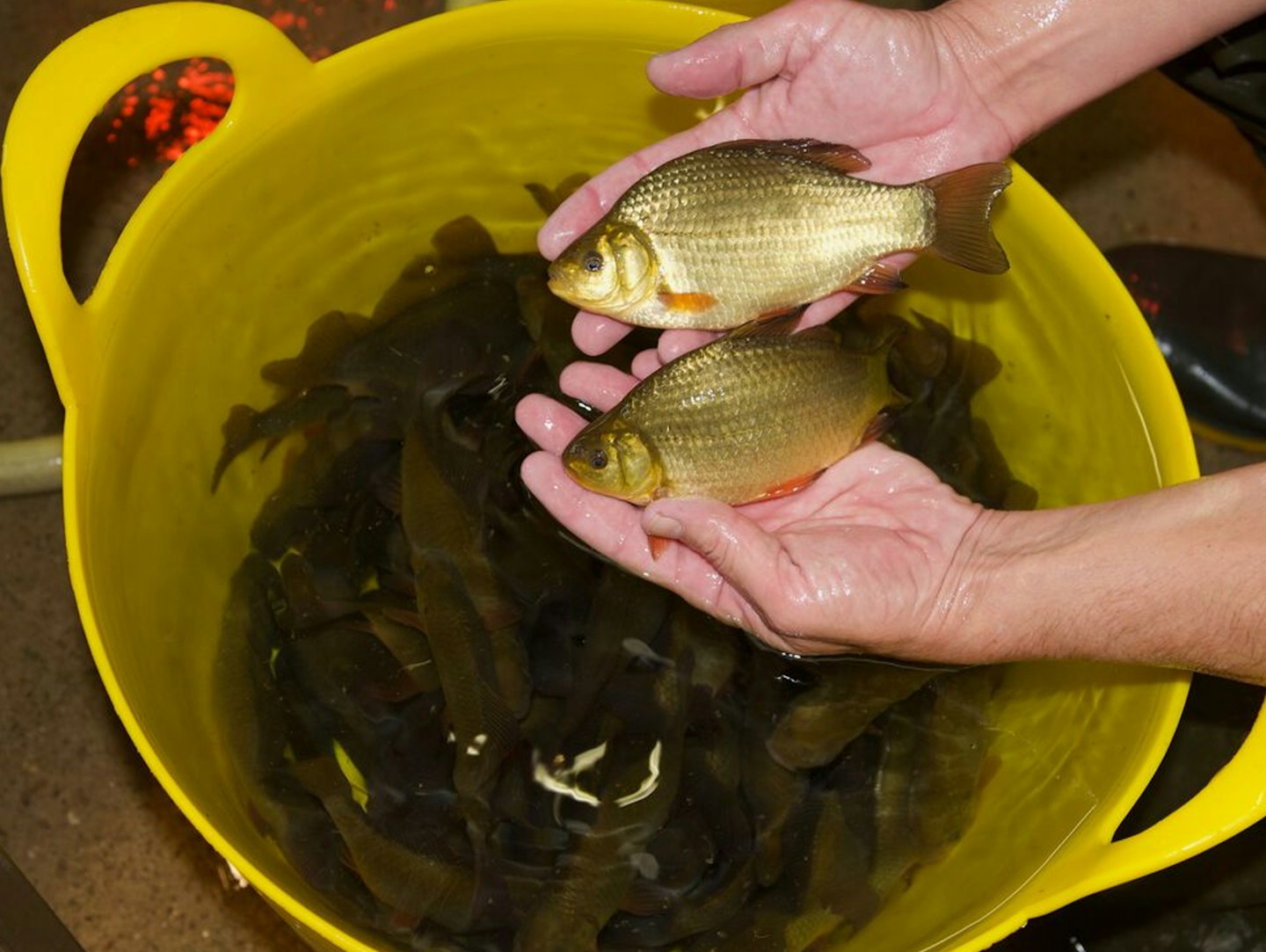
A Godsend for troubled waters
While calls to restock tend to be widespread from anglers, the Environment Agency points out that introductions have to weighed up carefully. Interventions tend to include “fisheries that have suffered from pollution incidents or are recovering from poor environmental quality,” as well as those “where reproduction is low”.
The Agency points out that stocking is not something carried out in isolation, but has to be seen as part of a wider, joined-up approach. So, while new introductions can be a huge help to restart or “accelerate natural fish stocks,” it is stressed that the ultimate aim is always “wider river restoration, to encourage stronger, more resilient fisheries that do not rely on stocking in the long term.”
That said, Calverton also supports man-made stillwaters, especially where angling opportunities are more limited, and this includes completely new fisheries.
Looking at the statistics, variations in fish species and numbers differ significantly by region, due to various factors.
With its great number of coarse fisheries, the Anglian region gained the highest levels of new stock (184,461), while the South West was lowest (18,186), largely due to a high ratio of game fish.

KEY STATS AT A GLANCE
Species breakdown:
Barbel - 22.2%
Bream - 10.2%
Chub - 6.3%
Dace - 10.3%
Roach - 16.1%
Crucian carp - 5.5%
Tench - 11.8%
Rudd - 3.3%
Grayling - 14.3%
Total: 627,495
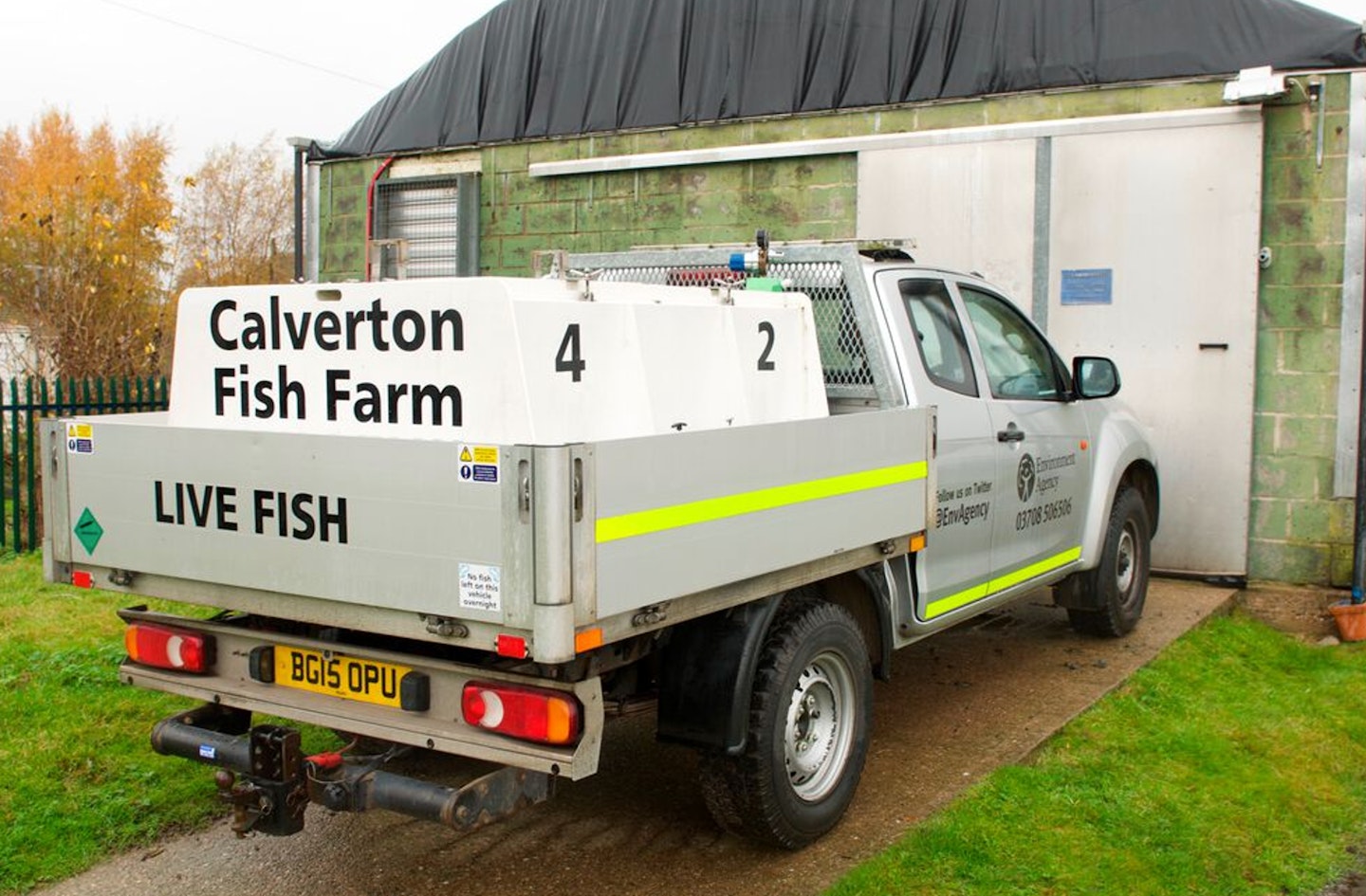
Regional breakdown:
Anglian - 184,461
Midlands - 99,548
N East - 134,150
N West - 75,600
S East - 115,550
S West - 18,186
Total: 627,495
Venue type breakdown:
River - 433,938
Stillwater - 193,557
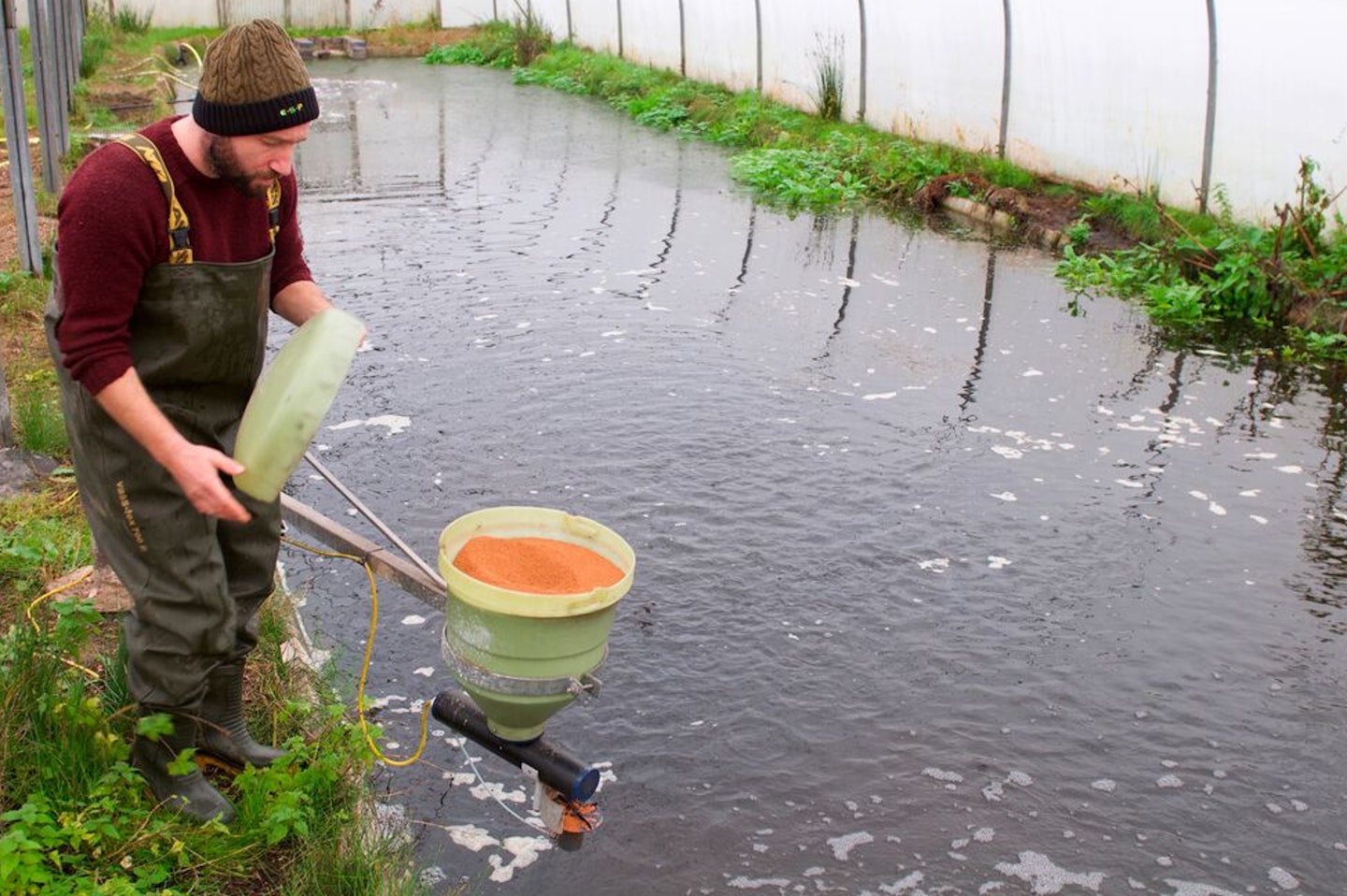
QUICK BITES: WITH CALVERTON’S ALAN HENSHAW
How busy is Calverton?
“It’s hard work here. It’s now spawning season, so we’re currently spawning dace. Then it will be grayling, before a brief break until May. We find that most of the coarse species naturally spawn in the first two to three weeks of May, in line with the closed season. You may get secondary spawning or small pockets at other times, but May is when the bulk of it gets done.”
How do your ponds work?
“We no longer grow fish in single species ponds, but in populations, just as they would be in the wild. This is one of the primary reasons why we don’t have perch and pike in the ponds, as they aren’t that social. We used to do minnows and gudgeon in the past, but they’re such short-lived species, it’s very difficult to do them viably.”
How do you prepare fish for release?
“A lot of effort goes into preparing them for the wild environment. First, we grow them in flowing water in ponds bursting with natural food. When we do feed them artificial food, we use the best money can buy, and also feed it into the aerators that are creating the flow, so the fish have to work their muscles.”
What’s Calverton’s ultimate aim?
“For the fish we stock to grow in the wild and go on to spawn themselves.”
